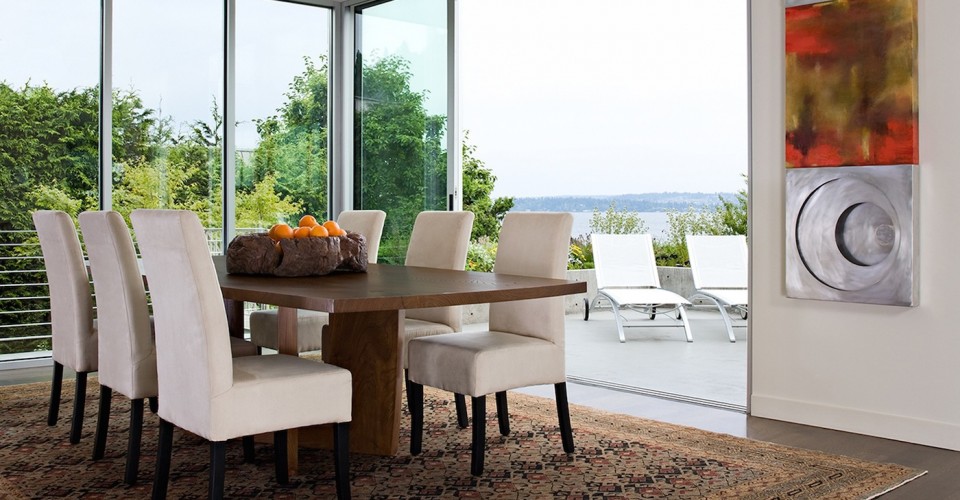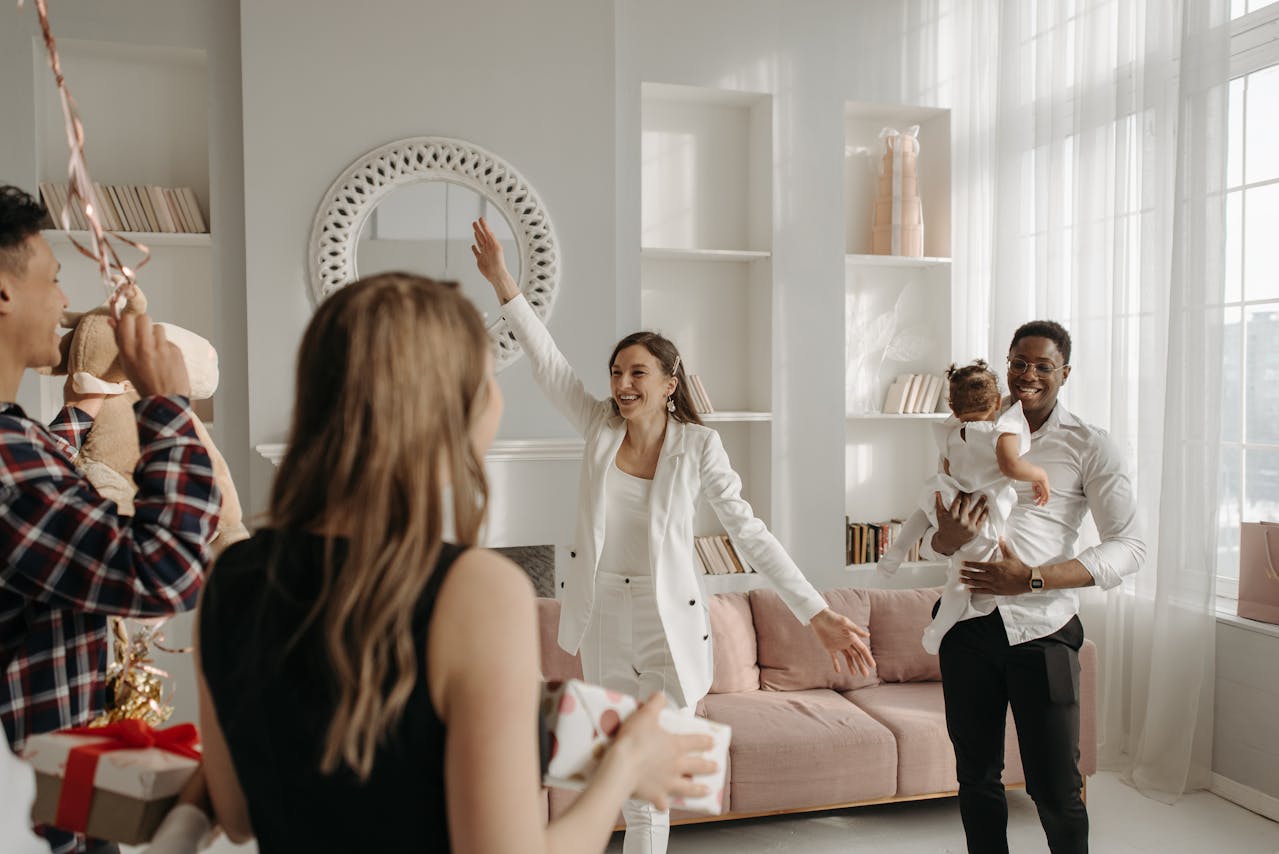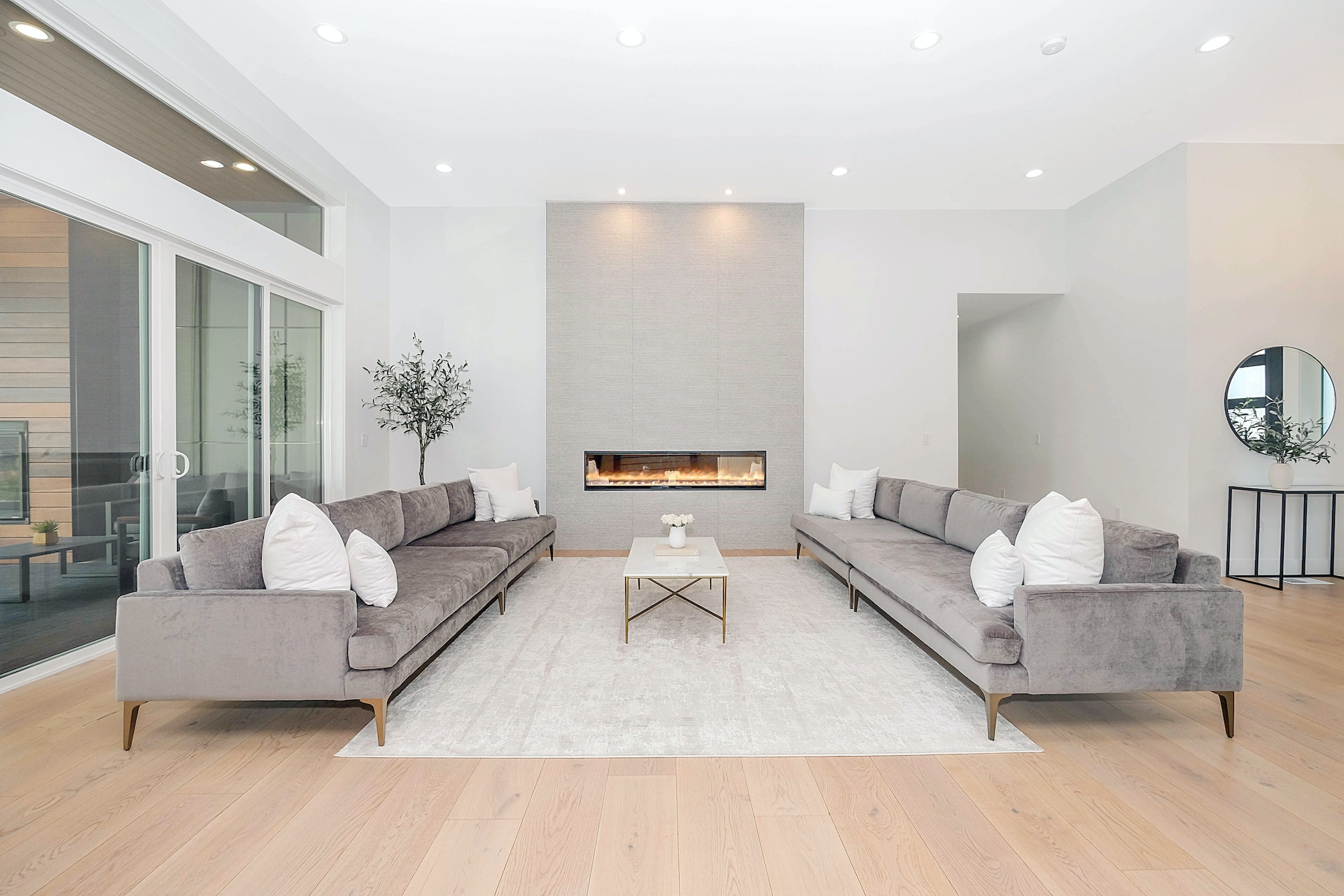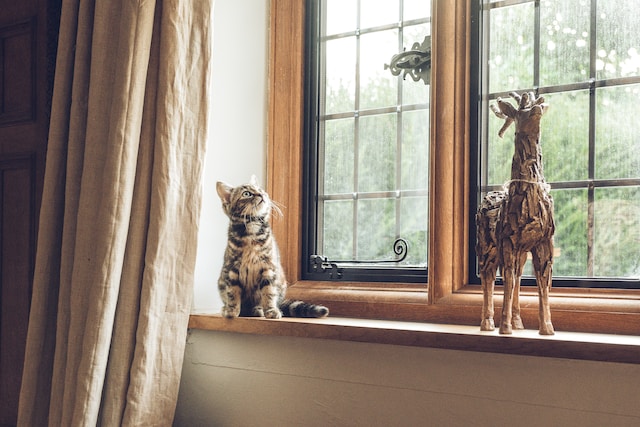The dining room can be a multifunctional space, used for eating, crafting, homework or entertaining, or it may be a room strictly reserved for special dinner occasions, like evening meals or holidays. Regardless of how you actually use your dining room, designing this space should focus on both the practical as well as beautiful. Dining rooms are predominately used for dining, so having a solid table and functional chairs is of upmost importance. Some dining rooms are large enough to have other furniture, like sideboards or additional tables. Whether you want a space that feels traditional, elegant, eclectic or modern, these rules of thumb offer fun ways to add style and character to your special dining room space.
1. Illuminate
It’s most common to hang a pendant or chandelier over the dining table. A pendant light is defined as having a singular drop from the ceiling; a chandelier may also have one drop from the ceiling however the electricity then branches out into several individual bulbs. Very often a singular overhead light isn’t enough light, even for an intimate dinner party. So consider light from other sources like sconces (which traditionally go over a sideboard) or table lamps (which can go on a small table or credenza) and place these lights on dimmers so you can control the amount of light. Always leave at least 36” clearance from the top of the table to the bottom of the overhead pendant or chandelier. Raise it higher if you have taller ceilings or if you regularly have tall centerpieces.

2. Sideboards, buffets, servers and credenzas
Oftentimes a dining room has other surfaces besides the dining table, like a sideboard, buffet, server or credenza, for holding food, serving pieces or drinks. There are differences between these pieces such as leg height or surface height however they all serve the same function. The surface is usually used for serving a buffet meal or keeping extras during a meal such as too-large serving pieces, dessert or wine. The cupboards or drawers are the ideal location for storing table linens, serving ware, candles or other dining room accouterment. Make sure you leave enough distance (about 3 feet) to pass between the chairs and the sideboard.

3. Pattern play
Introduce pattern into this space by adding upholstered chairs with patterned fabric. Alternatively, make windows pop by hanging patterned curtains from floor to ceiling. If you decide to use patterns, keep the rest of the décor sleek and simple. Dining rooms can usually withstand busy patterns or bold colors because it’s usually a room used for brief amounts of time. If you aren’t sure how to mix and match patterns, look for fabric that are part of a design family – they are printed in the same dye lots and are designed to coordinate.
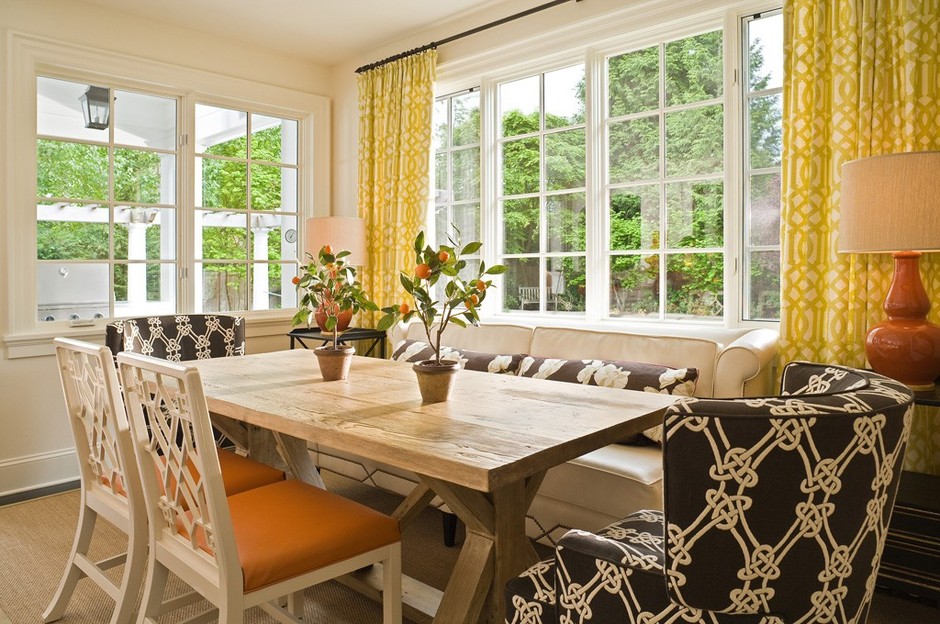
4. Tableware
Some homeowners choose to follow tradition by having a set of everyday dish ware as well as a more formal set of dishes and glassware for special occasions. Having a few unique pieces of tableware can help set off a table during special dining occasions. If you have room, the dining room sideboard or hutch is a great place to store infrequently used dishes, linens, silverware and glassware. Don’t have the budget to purchase multiple sets of tableware? Think about slowly adding pieces like dessert plates, colorful napkins or antique collectibles that can add pizazz to your table while sticking to a budget.
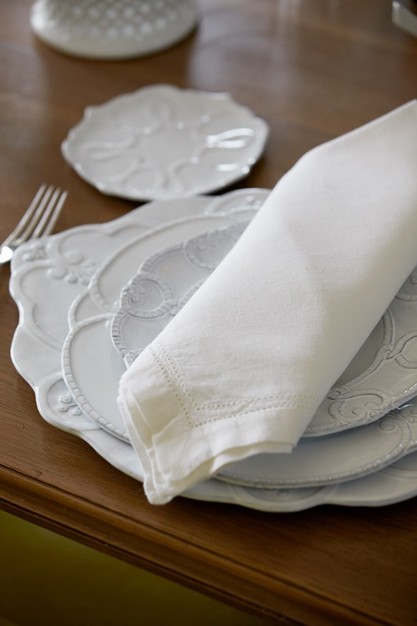
5. Wallpaper
Some dining rooms are small and contained, making it the perfect space to incorporate wallpaper. Wallpaper is offered in a wide variety of patterns, colors and applications – look for a wallpaper that fits not only your design aesthetic but also your lifestyle. If wallpapering all the walls is too expensive, consider wallpapering only one or two facing walls. You can also add pattern to your walls using stencils or vinyl decals – a much less expensive alternative to wallpaper.
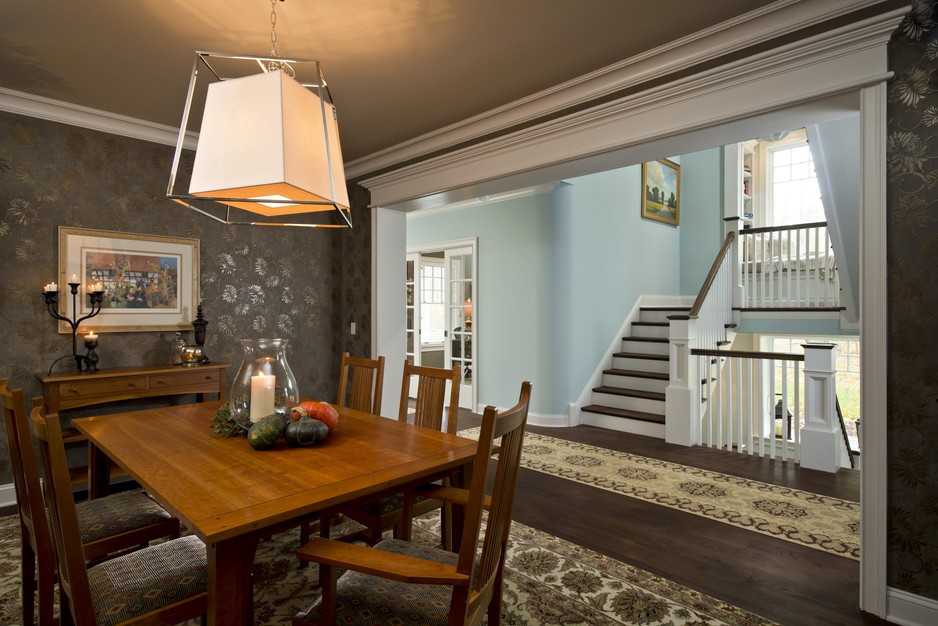
6. Bold color
If your dining room is an extension of another room, like the kitchen or living room, you can still create a sense of intimacy by painting a focus wall a darker color. Dining rooms that are used strictly for dining aren’t really sat in very long. Putting your guests into a room filled with rich hues creates a sense of intimacy and is a great way to add drama to dining. Dark colors can be balanced by neutral furnishings. Make sure you add enough lighting to offset dark, reflective light.

7. Nook bench
If your dining room is in a small nook off the kitchen, building a bench makes this space serve many functions. Keep it comfortable with striped fabric or keep it low-maintenance with solid wood. If you can create bench seating that also doubles as storage you’ll add a lot more value to the space. Drawers, open baskets or large cubbies can hold extra table linens, seldom-used kitchenware or even art supplies.
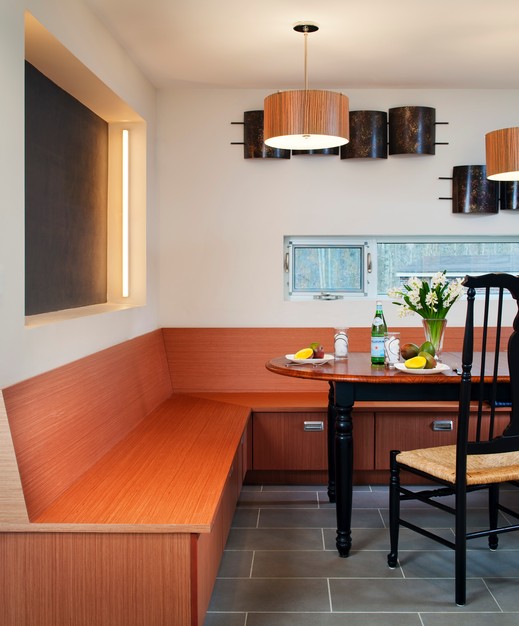
8. Transformative tables
Make this space multi-purposeful by having a dining table that can expand. You’ll add more functionality to your space if you can quickly add seats or table space. This makes this space great for work and study, while also having the ability to come together for special occasions.
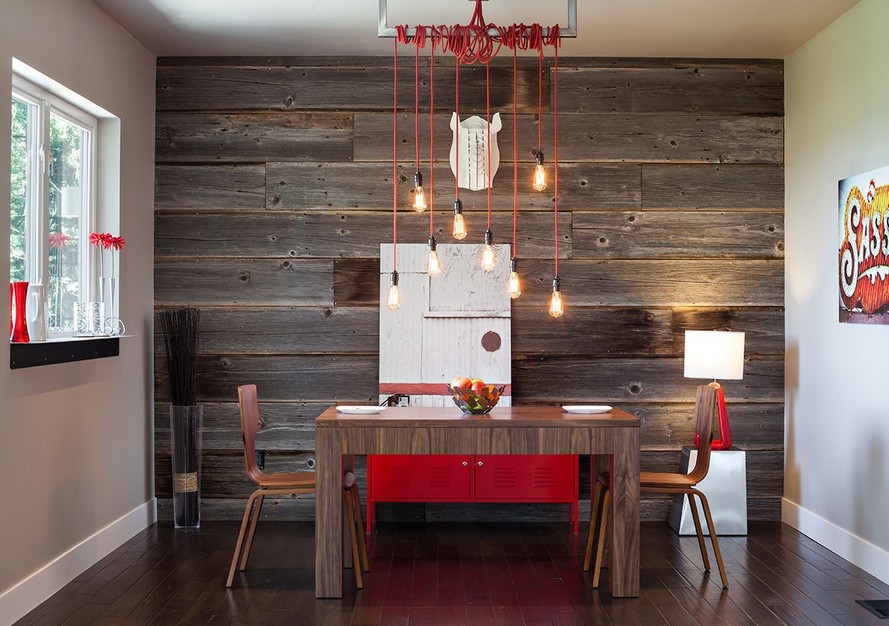
9. Upholstered chairs
Upholstered dining room chairs give the dining room a chic, modern look. Add accents by choosing patterned fabric, or keep it neutral with a sleek monochrome color. Dining chairs are another great place to add pattern and texture to the dining room. Consider placing the more expensive, patterned fabric on the back of the chairs and reserve a durable upholstery for the seat.
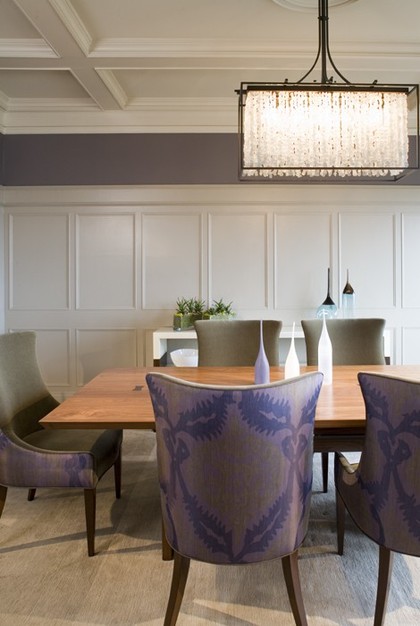
10. Metallic touch
There are a whole host of warm metals that have become en vogue like brass, copper and pink gold. Still in fashion are the cooler tones like steel, bronze and chrome. Dining rooms can incorporate trendy metallic colors with lighting fixtures, decorative objects or picture frames. Some homeowners love placing treasured family heirlooms like silver and gold in their dining rooms. Experiment with a bronze tabletop or chandelier, or add accents through candlesticks, glassware or napkin holders.

Need inspiration for your dining room? Check out our inspiration pages on Porch!
Top image credit: NB Design Group, Inc.
